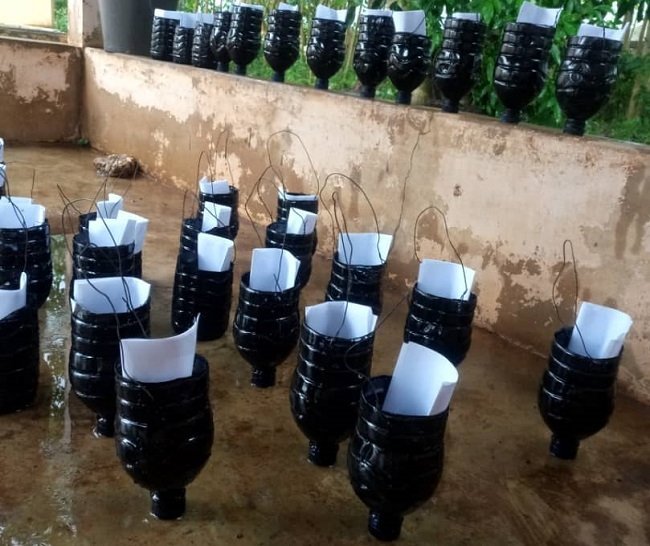Our research projects
Domestication of Aedes aegypti and the effect on virus diversity and distribution based on a field study in Benin, West Africa
Aedes aegypti is one of the most important vector for arboviruses. The evolutionary origin of Ae. aegypti lies in Sub-Saharan Africa, from where it spread throughout the tropical and subtropical regions of the world. The ancestral form could still be found in Africa and could morphologically be distinguished from the domesticated form. This form is found in close association with human habitats and breeds in artificial containers and primarily bites humans. With the domestication of vector species, including a change in the hostfeeding behavior (zoophagy to anthropophagy), humans are challenged with new pathogens. Therefore the process of vector domestication is an extremely important phenomenon to understand the emergence of zoonoses. We want to gain new insights in how the adaption to the human environment influences vector behavior and if there are consequences on virus prevalence. Ae. aegypti are trapped along a transect in Benin, West Africa, reaching from urban sites with high anthropogenic impact, over rural sites with medium anthrophogenic impact to sylvatic sites with low anthropogenic impact. All trapped Ae. aegypti are analyzed with molecular methods and metagenome analyses to determine virus prevalence. The focus should not only be on known arboviruses, but rather on the detection of previously unknown and mosquito-only viruses. Furthermore the different Ae. aegypti populations are analyzed according to changes in the basic transmission parameters (e.g. host-feeding preference, duration of the gonotrophic cycle, changed breeding behavior, larval development time). The link between habitat change and adaptions of the vector and associated pathogens are essential to understand the emergence of viruses transmitted between humans and wildlife.










